Last updated on April 23rd, 2024 at 07:00 pm
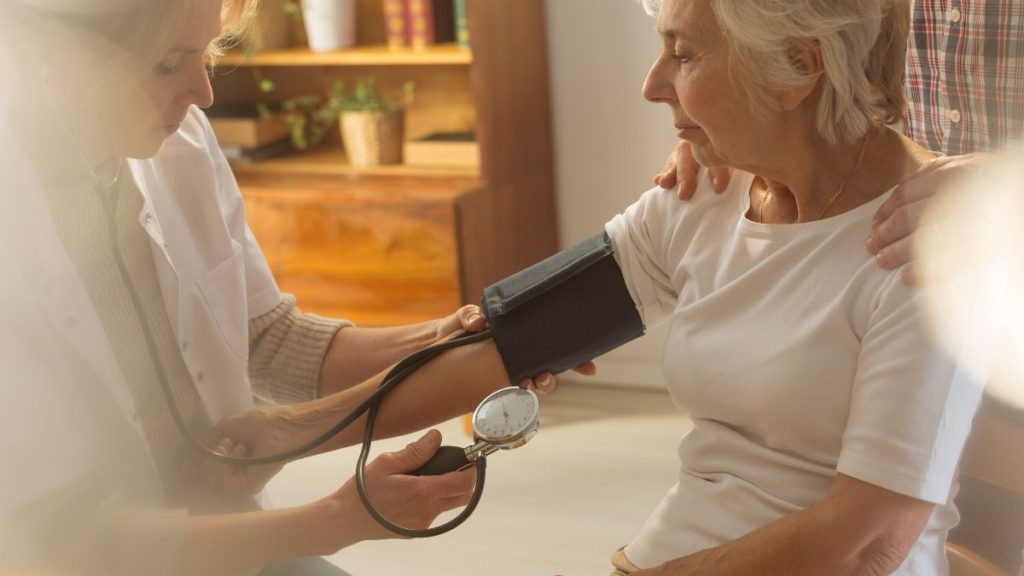
Low blood pressure or hypotension is a serious health issue that should not be overlooked, just like high blood pressure. However, hypotension symptoms are often not given enough attention and are sometimes referred to as a “Forgotten Illness”1.
If you notice any of the 11 prominent signs of low blood pressure, it is essential to consult your doctor immediately. This article will also discuss the potential causes of hypotension and how it can be managed through simple dietary habits. Let’s get started.
What is low BP or Hypotension?
Low blood pressure is a clinical condition with a decrease in blood pressure below the accepted low value. When blood pressure decreases below 90/60, it is recognised as low blood pressure. A decrease in blood pressure could be:
- Permanent: a condition termed chronic hypotension or
- Orthostatic low blood pressure occurs due to a change in posture from sleeping to standing.
- Or, it may be a combination of both3.
In orthostatic hypotension, when a person changes posture from lying to sitting or standing, there is a decrease of 20 mmHg systolic and/or 10 mmHg diastolic within three minutes of standing. When we sit/stand from a lying position, the blood rushes to the lower parts of the body, leaving less blood to be pumped by the heart.
However, a mechanism checks this sudden rush of blood to the lower part, preventing low blood pressure. When this mechanism does not function correctly, it leads to orthostatic hypotension.
But what about chronic hypotension? This leads to our next topic, the cause of low blood pressure.
Symptoms of low blood pressure
There are several signs and symptoms of hypotension. These include dizziness, headache, fatigue, nausea, vomiting, confusion, blurred vision, and fainting. You should seek medical attention immediately if you notice any of these symptoms. Orthostatic hypotension increases with age.
Now, let’s get straight to signs of low blood pressure. The symptoms begin to appear because the low amount of blood reaches the vital organs like the brain, lungs, and skin.
The symptoms of low blood pressure include:
- Headache
- Dizziness
- Lightheaded
- Nausea, vomiting
- Fainting
- Unable to concentrate on work
- Uneasiness
- Difficulty in breathing, which could be rapid or shallow breathing
- Blurred vision
- Tiredness
- Depression
- Old and pale skin
Headaches
Low blood pressure can also lead to headaches, fatigue, nausea, vomiting, blurred vision, and more. If you notice any of these symptoms, make sure to contact your doctor right away.
Dizziness
Low blood pressure can cause dizziness and lightheadedness because there isn’t enough blood flowing through the body. This condition can be caused by dehydration, high altitude, or other medical issues.
Nausea
If you feel nauseous or vomit after eating, drink plenty of water. You should also avoid foods with caffeine, alcohol, or spicy food. These things can make nausea worse.
Fatigue
You might have low blood pressure if you feel tired or weak after eating. This condition is called postprandial hypotension. It happens when your blood pressure drops after eating.
What causes low blood pressure?
Hypotension occurs when there isn’t enough blood flowing through the body. This happens when the volume of blood pumped by the heart decreases.
There are several reasons why this might happen. One reason is that the kidneys aren’t filtering as much fluid as usual. Another reason is that the blood vessels constrict, causing less blood flow.
According to research, these falls in pressure appear to be commoner in individuals with a characteristic body habitus; i.e., those who are shorter and lighter than the general population are common with hypotension2.
This could be attributed to significantly lower creatinine in the hypotensive. As a person with a smaller build has a smaller muscle mass, they have low creatinine levels, resulting in low pressure.
We can understand the causes of low blood pressure under three subheadings. These are:
- Heart rate
- Heart pump and
- Blood volume
Heart rate
Usually, our heart beats 72 times in 60 seconds. In other words, our heart pumps blood 72 times in one minute. But there are certain conditions when this regular 72 beats per minute reduces below this normal.
What happens when the heartbeat rate reduces?
So, when the heartbeat rate is reduced, the rate at which the heart pumps out blood is also reduced. This decreases the flow of blood through the blood vessels in the body, leading to low blood pressure.
So what are the conditions where heart rate reduces? Heart rate reduces in heart diseases like
Heart pump
We all know that the heart is a pumping machine that pumps blood to all organs and cells in our body nonstop. Pumping blood to every part of the body requires a certain amount of power, a pumping force, to complete this task every minute, every second.
However, there are certain diseases in which the muscle of the heart (cardiac muscle) becomes weak, so the force at which the heart pumps is reduced.
So, less powerful pumping means less blood being pumped out. This results in a lesser flow of blood in our bodies and, hence, low blood pressure. These conditions can occur in:
- Myocardial infarction
- Hypothermia or
- Cardiac depressant medication
Also read: When should you take BP meds? Bedtime is best finds study
Blood volume
It’s evident that when the blood volume in our body reduces, less blood will flow, leading to reduced blood pressure. The reduced volume of blood can occur in these situations:
- Severe dehydration
- Severe loss of blood after trauma
- Internal bleeding
- Septic shock
- Severe infection
- Severe allergic reactions
Recommended diet for hypotension
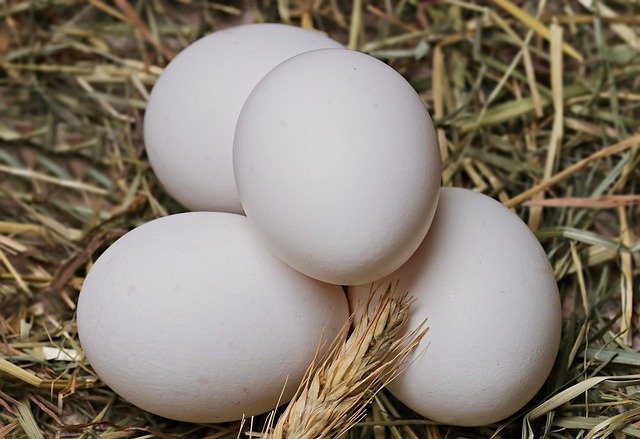
The most important thing is to rehydrate our body; we can do this by consuming lots of fluid. We should eat fruits that contain lots of fluids, like watermelon and cucumber.
Low blood pressure can be caused by a Vitamin B12 deficiency. To address this, we should consume food that is rich in Vitamin B12.
- Animal sources of food are generally rich in Vitamin B12, while plant sources are poor.
- Following a vegetarian diet, you can take fortified cereals like cornflakes. Milk and dairy products such as cheese, butter, and paneer are also good sources of Vitamin B12.
- While animal sources are typically the richest, these products and byproducts can still provide adequate amounts of Vitamin B12.
Final words
Low blood pressure can be chronic or momentary. It is also seen in person after a long bed rest that could be postoperative and is also commonly seen in pregnant women. One should always keep a digital blood pressure monitor at home to see whether blood pressure is low or average.
If your digital blood pressure monitor indicates lower pressure, you can immediately consult your doctor for further advice. Using a digital blood pressure monitor is very easy. You should learn how to use a digital blood pressure monitor at home.
The author is a physiotherapist who has been practising for the last 17 years. He holds a Bachelor's in Physiotherapy (BPT) from SVNIRTAR (Swami Vivekananda National Institute of Rehabilitation and Research), one of the prestigious physiotherapy schools in India.
Whatever he learns dealing with his patient, he shares it with the world through blogs and e-books. He also owns a YouTube channel, "Sunit Physiotherapist" with over 8 lakh active subscribers. Here, he shares everything he gets to learn serving the patient.

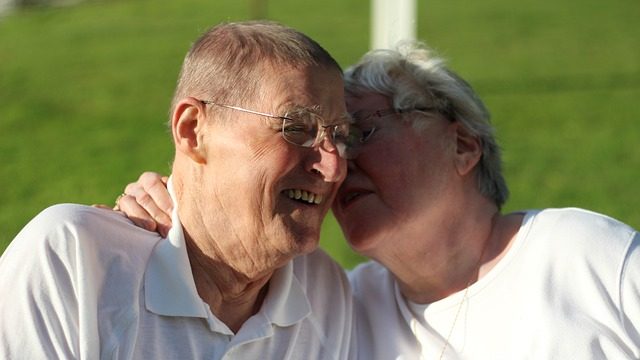
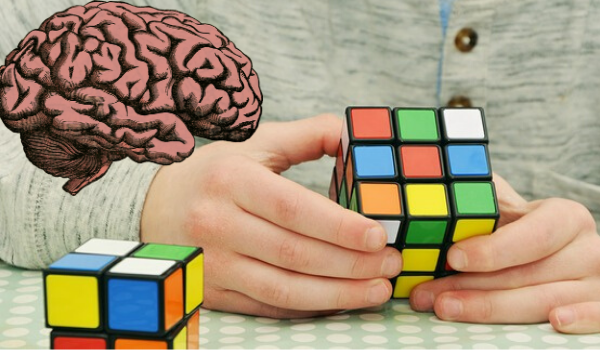
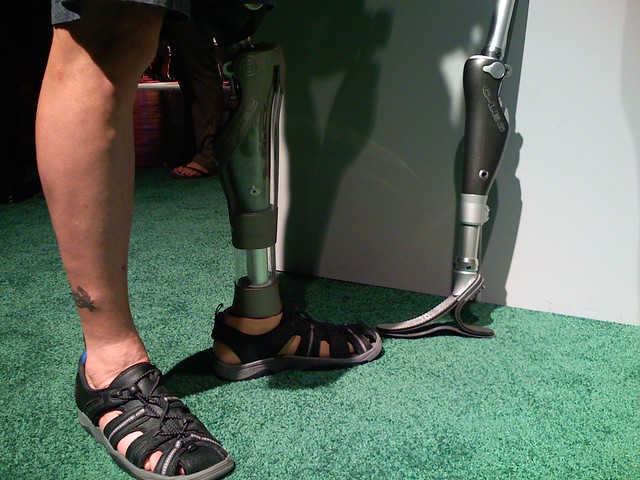
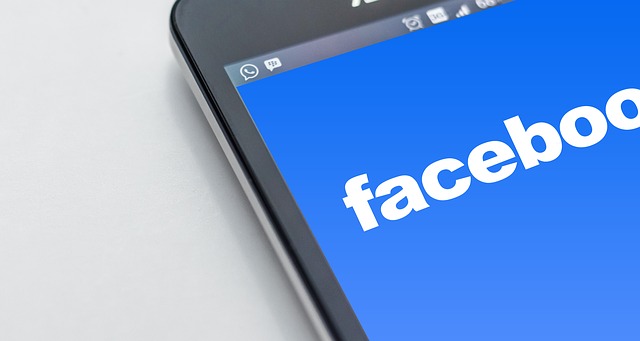

Pingback: How to select at-home BP monitor for yourself & its types : Physiosunit